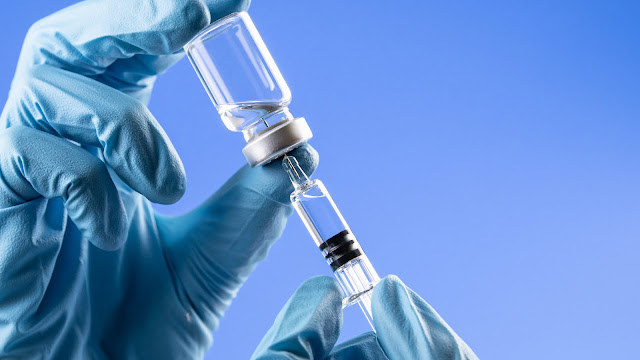Sterile Water vs. Normal Saline: What's the Difference?
In the world of healthcare, the choice of fluids can significantly impact patient well-being. There are two fundamental solutions used in medical settings, i.e., sterile water for injection and normal saline (0.9% sodium chloride).
These solutions may appear quite similar, but they have distinct differences that make them valuable for specific medical purposes. In this blog, we will delve into the disparities between sterile water and normal saline to shed light on their unique roles in patient care.
Let’s learn about Sterile Water for Injection
Composition:
It is a pure and sterile solution that consists of water and nothing else. Sterile water for injection is devoid of additives, electrolytes, or other substances.
Its preparation is subject to rigorous standards to ensure its sterility and purity, making it suitable for various medical applications.
Common Uses:
- Medication Dilution: One of the primary purposes of this water is to dilute powdered medications. By mixing this pure water with medication in a vial, healthcare professionals can achieve the desired concentration for safe and effective administration.
- Wound Irrigation: The sterile water is used for cleaning and irrigating wounds to remove contaminants and debris.
- Laboratory and Diagnostic Procedures: Laboratories often require pure, uncontaminated solvents for experiments and diagnostic tests. This water serves this purpose exceptionally well.
- Considerations: Despite its purity, this water should not be used for hydration or to restore electrolyte balance because it lacks essential electrolytes.
Let’s learn about Normal Saline (0.9% Sodium Chloride)
Composition:
Normal saline is a sterile solution containing 0.9% sodium chloride (common salt) in water.
This concentration mirrors the salt levels in the human body, making it suitable for a wide range of medical applications.
Common Uses:
- Hydration: Normal saline is often chosen for intravenous (IV) hydration therapy. Its salt content helps restore bodily fluids and electrolyte balance, making it ideal for rehydration.
- Medication Dilution: Similar to sterile water, normal saline is used to dilute medications when compatibility with the body's natural salt balance is necessary.
- Wound Cleaning: It can be used for wound cleaning and irrigation, akin to sterile water.
- Considerations: Due to its salt content, normal saline is a preferred choice for rehydration and electrolyte replacement, especially in cases of dehydration.
Key Distinctions
- Composition: Their composition is the most significant distinction between sterile water and normal saline. Sterilised water is pure water, while normal saline contains salt (sodium chloride).
- Hydration vs. Medication Dilution: Normal saline excels in hydration and electrolyte replenishment, whereas sterile water is primarily used for diluting medications and wound irrigation.
- Compatibility: Normal saline's salt concentration aligns with the body's natural physiology, making it the go-to solution for numerous medical procedures.
Conclusion - In a nutshell, we can conclude that 10ml sterile water for injection and normal saline are essential tools in the healthcare arsenal, each with unique properties and applications. Healthcare professionals must understand these differences to make informed decisions regarding fluid choices for patient care.
The selection between sterile water and normal saline hinges on the specific medical context and the patient's needs, underlining the importance of these distinctions in healthcare practice.




Comments
Post a Comment